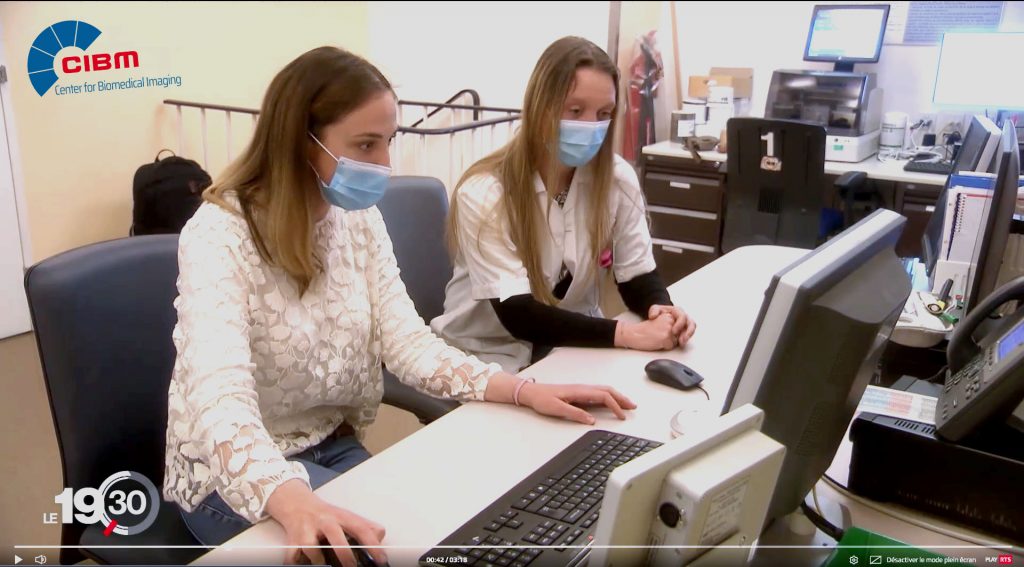
A neuroscience study on Montessori education led by Dr. Solange Denervaud in collaboration with Dr. Eleonora Fornari, a Research Staff Scientist at CIBM MRI CHUV-UNIL section has been featured on the Swiss public television channel.
Watch the RTS clip: https://www.rts.ch/info/suisse/12211126-la-methode-montessori-favoriserait-la-gestion-de-lechec.html
The study suggests beneficial effects of the Montessori teaching method on children’s neural connectivity and on their improved capacity to manage unexpected situations. The research was launched in 2014 and included 250 children with an age range from 4 to 13 years. These children participated on a voluntary basis and the study cohort included both students from a Montessori and from public school.
The investigators measured brain activity of students using MRI and EEG. The study found that executive functions, such as the ability to carry out or finish a task, did not radically differ between more traditional learning and Montessori schooling, but that other aspects, such as the ability to manage an unexpected situation were improved in children with the Montessori education.
The RTS news item contextualizes the study by explaining that Montessori teaching focusses on the process of learning rather than merely memorizing answers, so problem solving becomes a process of trying different approaches until there is a successful outcome. Error is regarded as an opportunity to learn rather than defeat and failure.
About the researcher:
Dr. Solange Denervaud graduated from the Swiss Federal Institute of Technology in Lausanne (EPFL) in bioengineering, and completed a PhD in Neuroscience at the University Hospital of Lausanne (CHUV-UNIL), in collaboration with the CISA (UNIGE) bridging Neuroscience and education. She is trained in Montessori education and previously taught at the Vevey Montessori School, Switzerland. Denervaud’s research focuses on the impact of the learning environment on the development of error monitoring, cognitive flexibility and creativity in 5-13 year-old children. Her work uses a combination of psychophysics, neuropsychology, electroencephalography (EEG), and magnetic resonance imaging (MRI).
